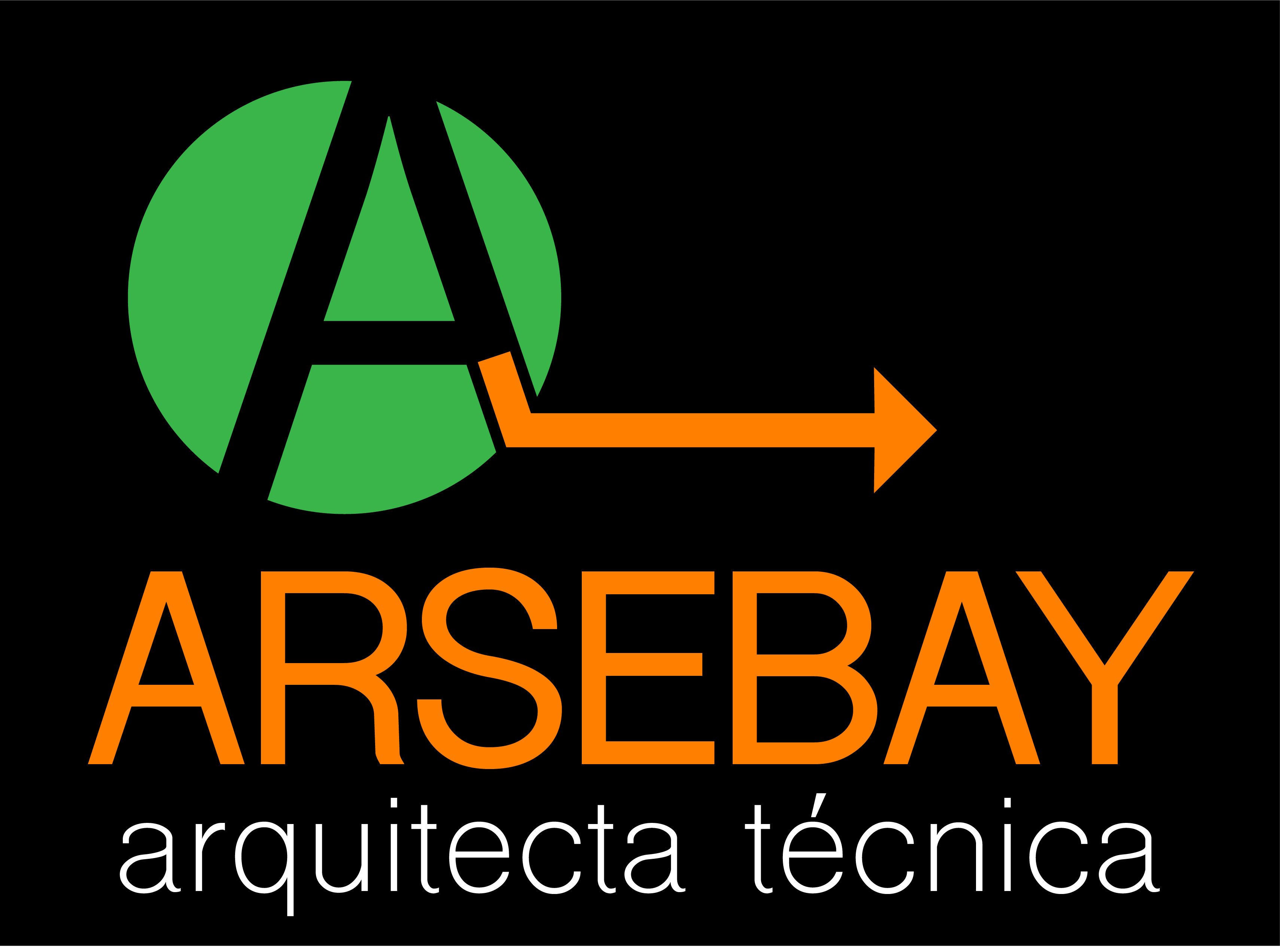Asset Turnover Ratio
Content


If you’re using accounting software, this is as easy as running a year-end income statement for 2019, or whatever year you’re calculating the asset turnover ratio for. The asset turnover formula is a simple equation you can calculate quickly. You’ll simply need the total net sales for the period in which you’re calculating the ratio and your total average assets for the period.
So, you might find that your asset turnover ratio isn’t a totally accurate reflection of your current efficiency. But, let’s say Company A and Company B are from different industries. Then we won’t be able to compare their asset turnover ratio against each other. Rather, in that case, we need to find out the average asset turnover ratio of the respective industries, and then we can compare the ratio of each company. To calculate asset turnover ratio, you need to find out the total revenue and then divide it with total assets . The asset turnover ratio is one of the ratios that measure the efficiency of a company by finding the amount of revenue generated from its assets. To calculate the total asset turnover ratio in Year 1, we’ll divide Year 1 sales ($300m) by the average between the Year 0 and Year 1 total asset balances ($145m and $156m).
High Accounts Receivable Turnover Ratio
They usually have a board of directors who want to calculate the efficiency of the fixed assets compared with the company’s turnover. Unfortunately, many companies also use it as a benchmark of overall performance rather than efficiency. The asset turnover ratio is a widely used efficiency ratio that analyzes a company’s capability of generating sales. It accomplishes this by comparing the average total assets to the net sales of a company. Expressly, this ratio displays how efficiently a company can utilize this in an attempt to generate sales. The success of any company is largely based on its ability to effectively use its assets to generate sales.
- As shown in the formula below, the fixed asset turnover is the ratio between the net sales of a company relative to the value of its fixed assets.
- Even with accounting software, you’ll likely calculate the ratio separately, since very few small business accounting programs can create accounting ratios.
- For example, if a company is using 2009 revenues in the formula to calculate the asset turnover ratio, then the total assets at the beginning and end of 2009 should be averaged.
- For such businesses it is advisable to use some other formula for Average Total Assets.
- Make sure contracts, agreements, invoices and appropriate client communications cover this important point so customers are not surprised and you can collect your payments on a timely basis.
This does not mean that the company is unprofitable, simply that it produces less than $1 of revenue for every $1 it has in total assets. Suppose you know the average asset turnover ratio for a company in your industry. In that case, you can use it to compare your performance against your competitors. Instead of investing money in machines that you might use only occasionally, why not lease the equipment?
Fixed Asset Turnover Ratio Formula
Businesses must evaluate whether a lower ratio is acceptable to offset tough times. You can improve your ratio by being more effective in your billing efforts and improving your cash flow. While a low AR turnover ratio won’t score points with lenders, it doesn’t always indicate risky customers.


Net sales are usually the figure your company would report in your income statement. The content is so simple and easy to apply in everyday finance tasks. I am studying accounting and wanted clear examples of financial analysis and your website is one of the best.
Overview: What Is The Asset Turnover Ratio?
This means that the higher the asset turnover ratio, the more efficient the company is. If the company has a low asset turnover ratio this indicates they are not used assets efficiently to generate sales. «Average Total Assets» is the average of the values of «Total assets» from the company’s balance sheet in the beginning and the end of the fiscal period. It is calculated by adding up the assets at the beginning of the period and the assets at the end of the period, then dividing that number by two. This method can produce unreliable results for businesses that experience significant intra-year fluctuations. For such businesses it is advisable to use some other formula for Average Total Assets.
If a company has an asset turnover ratio of 5 it would mean that each $1 of assets is generating $5 worth of revenue. This is favorable because it is a sign that the company is using its assets efficiently. The formula uses net sales from the company income statement, which means that product refunds, sales discounts and sales allowances must be deducted from total sales to measure the true ratio.


This result indicates that Don’s business is not using its assets efficiently. For the sake of completing the ratio, let’s say that your net sales for the year was $128,000, which you’ll use when calculating the asset turnover ratio. If you’re using a manual ledger system, you’ll calculate your net sales from your sales journal. Be sure your net sales total is the figure left after sales adjustments and returns have been accounted for, otherwise the ratio will be incorrect.
The Slow collection of accounts receivables will lower the sales in the period, hence reducing the asset turnover ratio. This can include outsourcing the delinquent accounts to a collection agency, hiring an employee just for collecting pending invoices and reducing the amount of time given to customers to pay. With fixed assets, there is a fixed asset turnover ratio, and similar for current assets and total assets. The asset turnover ratio is an important financial ratio for understanding how well the company is utilizing its assets to generate revenue.
So, create a strict debtors policy that ensures that you get your payment as soon as possible. Then, you can either outsource the task to a collection agency or have a separate team to take care of it. The capital intensity ratio reveals the amount of assets your business requires to generate $1 in sales.
Therefore, the asset turnover ratio offers an excellent advantage for manufacturing units by analyzing the ROI concerning top-line growth. When there is a high turnover ratio in manufacturing companies, it is clear that the fixed assets are working at their optimal level. Fixed asset turnover is an asset management tool to evaluate the number of dollars in sales that the business asset turnover ratio formula generated for each dollar of fixed assets. Fixed asset turnover is an asset management tool to evaluate the sales that the business generated for each dollar of fixed assets. The ratio is a summarize the efficiency in a business using their fixed asset. Normally, the higher fixed asset turnover ratio, the more efficiently the business management their fixed asset.
For instance, a ratio of 1 means that the net sales of a company equals the average total assets for the year. In other words, the company is generating 1 dollar of sales for every dollar invested in assets. Average total assets are usually calculated by adding the beginning and ending total asset balances together and dividing by two. A more in-depth,weighted average calculationcan be used, but it is not necessary.
Limitations Of The Accounts Receivable Turnover Ratio
Ron’s account receivables are turning into bankable cash about three times a year, meaning it takes about four months for him to collect on any invoice. The accounts receivable ratio serves two critical business purposes. First, it enables companies to understand how quickly payments are collected so they can pay their own bills and strategically plan future investments.
There are various reasons for which the asset turnover ratio may be lower for a company. Some of the reasons are poor inventory management and collection methods or due to excess production capacity. The fixed asset turnover ratio is meant to isolate how efficiently the company uses its fixed asset base to generate sales (i.e., capital expenditures). For instance, if the total asset turnover ratio of a company is 1.0x, that would mean the company’s net sales are equivalent to the average total assets in the period. In other words, this company is generating $1.00 of sales for each dollar invested into all assets. Investors use the asset turnover ratio as one of the indicators of business efficiency. They can look at the efficient increment or decrement of the total assets.
Understanding The Formula Of The Asset Turnover Ratio
This should be a wake-up call for Sirius because they are punching below their weight in revenue generation. Now that we have all the values, let us calculate asset turnover ratio for Walmart. We take a simple average of total assets as at the current period-end and previous period-end. As the name suggests, the ratio calculates the amount of revenue generated from each dollar of Fixed assets employed by the company. Christine’s startup has recently taken off, with $300,000 in gross sales. However, she has $131,000 in returns and adjustments, making her net sales $169,000.
Asset Turnover Ratio: Explanation & Formula – Seeking Alpha
Asset Turnover Ratio: Explanation & Formula.
Posted: Fri, 12 Nov 2021 08:00:00 GMT [source]
It is imperative for every company to analyze and improve Asset Turnover Ratio . The article highlights the reasons and ways to analyze and interpret asset turnover ratio is an important part of ratio analysis. Asset turnover ratios are a measure of how effectively the company is using its assets to generate revenue. More specifically, it is the ratio of sales divided by total assets. It shows how many dollars in sales are generated for each dollar of assets invested in the business. Among the more important considerations for investors when evaluating a company is how efficiently it utilizes its assets to produce revenue. These companies have greater potential to grow and compound their earnings over time.
It’s being seen that in the retail industry, this ratio is usually higher, i.e., more than 2. Also while comparing asset turnover ratios, one needs to look at the performance of the companies over the last few years rather than in a single year.
- As with the asset turnover ratio, the fixed asset turnover ratio measures operational efficiency, but it is less likely to fluctuate because the value of fixed assets tends to be more static.
- For example, quirky sales promotion techniques and offers to attract the right kind of customers.
- The asset turnover ratio should be used to compare stocks that are similar and should be used in trend analysis to determine whether asset usage is improving or deteriorating.
- Also while comparing asset turnover ratios, one needs to look at the performance of the companies over the last few years rather than in a single year.
- Accounting software can help you automate many aspects of the invoicing process and can guard against errors such as double billing.
In case you want to calculate the fixed asset turnover ratio by average fixed assets, its can be calculated by dividing the sum of beginning and ending fixed assets by 2. The total asset turnover ratio is a ratio that compares your net sales to your total assets. It is a measurement of how well your assets are contributing to your sales and is usually determined during a financial analysis. For example, if you’re in manufacturing, fixed assets — such as machines — lose value over time. This will cause your total asset turnover ratio to fall; especially if those machines require costly repairs or replacement parts to continue running. If the cost of maintaining a building or a plot of land has gone up, or if the value of that real estate has gone down, this could diminish your ratio.
Once you have these numbers, you can use the formula to calculate the asset turnover ratio for your business. Applicant Tracking Choosing the best applicant tracking system is crucial to having a smooth recruitment process that saves you time and money. Appointment Scheduling Taking into consideration things such as user-friendliness and customizability, we’ve rounded up our 10 favorite appointment schedulers, fit for a variety of business needs. CMS A content management system software allows you to publish content, create a user-friendly web experience, and manage your audience lifecycle. A ratio of 0.26 means that Brandon’s generates 26 cents for every dollar worth of assets. This low asset turnover ratio could mean that the company is not utilizing its assets to full potential which is a risk factor for an investor. It would be more useful in this situation for comparing your business’ performance over periods of time.
Also, a high turnover ratio does not necessarily translate to profits, which is a more accurate way to measure a company’s performance. For example, companies that outsource a large portion of their production can have a much higher turnover but fewer profits than their competitors. Somatel Foods is a company based in New York, NY. The company operates a small grocery store in a busy Manhattan neighborhood. Below is some selected information from its latest financial statements.
